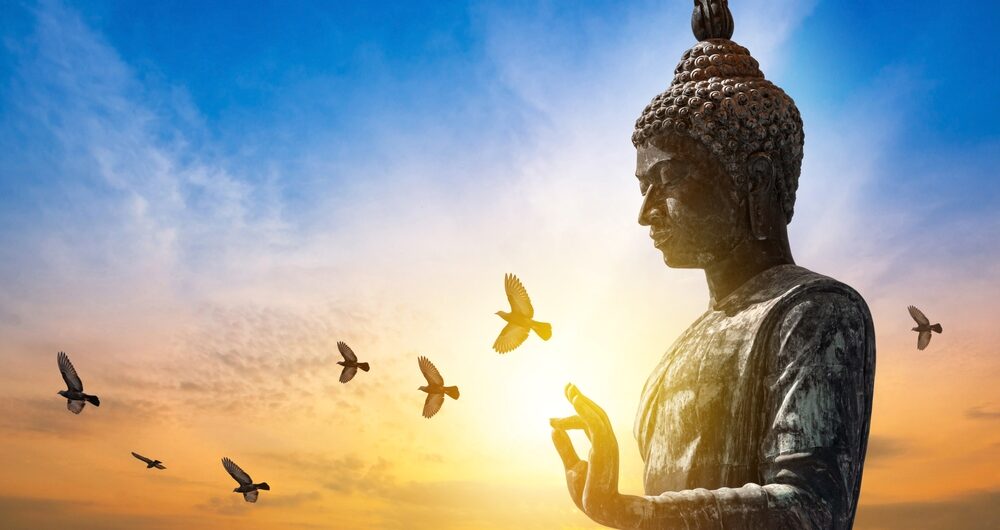When people talk about “the Buddha,” they usually mean Siddhartha Gautama, the historical figure whose teachings are the foundation of Buddhism. But Siddhartha Gautama isn’t the only Buddha. In fact, many Buddhas have appeared throughout time, and more will come in the future. Understanding this broader concept helps us appreciate the cycle of enlightenment—a key theme explored by Resurgence Travel in their spiritual tours.
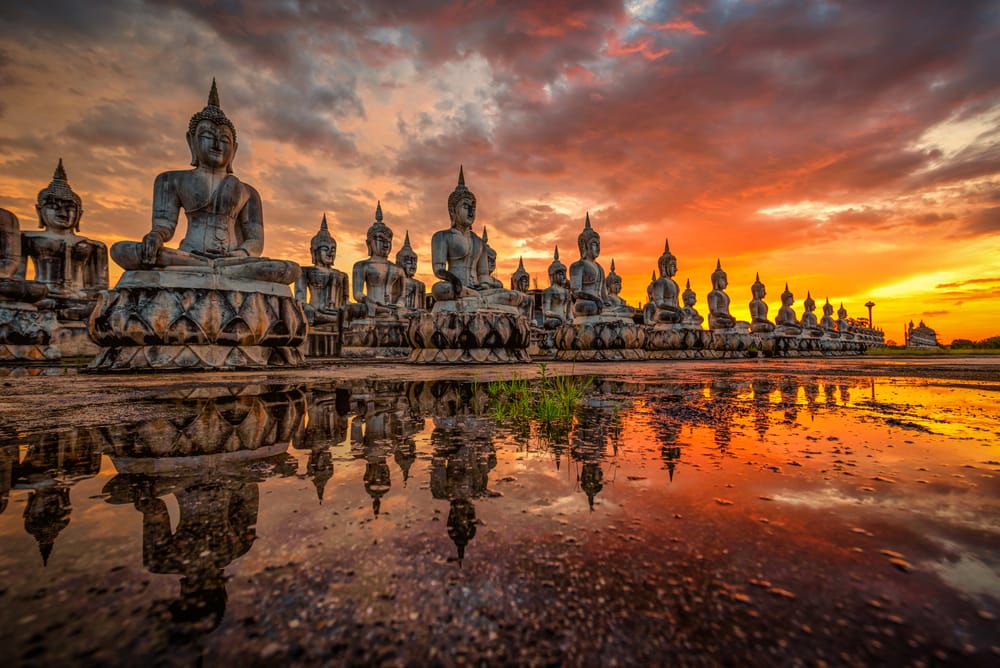
Who Was Siddhartha Gautama? A Resurgence Travel Insight
Siddhartha Gautama was born around the 5th or 6th century BCE in what is now Nepal. He was born into a royal family and lived a life of luxury. But after seeing the harsh realities of life, he left his royal life behind to seek a solution to suffering. These life-changing experiences are highlighted in Resurgence Travel’s educational and immersive travel experiences.
Siddhartha practiced extreme self-discipline for years, but he realized that neither indulgence nor extreme austerity would lead him to the truth. Instead, he found the “Middle Way,” a balanced path between indulgence and denial. Under the Bodhi tree in Bodh Gaya, India, he attained enlightenment and became the Buddha, meaning “the Awakened One.”
His teachings, known as the Four Noble Truths and the Eightfold Path, have influenced millions of people for over two thousand years. Resurgence Travel often includes these teachings in their spiritual journeys, helping travellers connect with the roots of Buddhism.
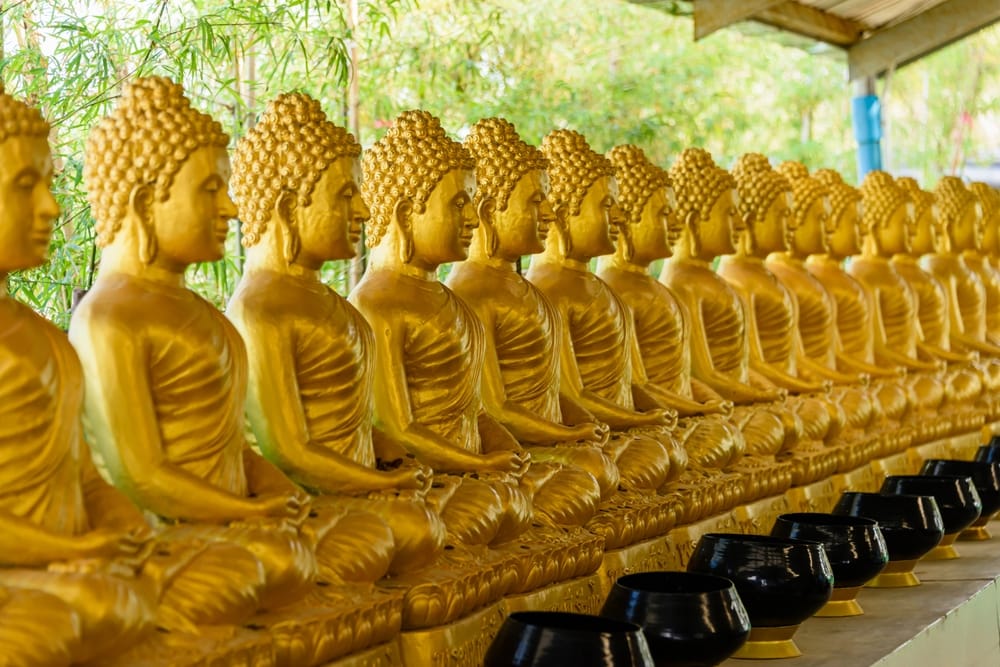
The Four Noble Truths: A Resurgence Travel Guide
The Four Noble Truths are central to the Buddha’s teachings and form the foundation of Buddhist philosophy. These truths explain the nature of suffering and the path to its cessation:
- Dukkha: The first Noble Truth states that life is inherently unsatisfactory and filled with suffering. This includes not only physical pain but also the mental stress and dissatisfaction that comes from life’s impermanence and constant change.
- Samudaya: The second Noble Truth identifies the cause of suffering as craving or desire (tanha). This craving leads to attachment, which in turn causes suffering when we don’t get what we want, or when we lose what we have.
- Nirodha: The third Noble Truth offers hope by stating that there is an end to suffering. This cessation of suffering is known as Nirvana, a state where all cravings and attachments are extinguished, leading to ultimate peace.
- Magga: The fourth Noble Truth outlines the path to end suffering, known as the Eightfold Path. This path provides practical steps to develop ethical conduct, mental discipline, and wisdom.
The Eightfold Path: Explained by Resurgence Travel
The Eightfold Path is the practical guide provided by the Buddha for ending suffering and achieving enlightenment. It is divided into three main categories: wisdom, ethical conduct, and mental discipline.
1. Right Understanding (Samma Ditthi): Grasping the true nature of reality and the Four Noble Truths. It involves understanding the impermanence of life, the cause of suffering, and the path to liberation.
2. Right Thought (Samma Sankappa): Cultivating thoughts of renunciation, goodwill, and harmlessness. This involves letting go of desires and cultivating a mind that is free from ill-will and harmful intentions.
3. Right Speech (Samma Vaca): Speaking truthfully, kindly, and avoiding harmful speech. This means abstaining from lying, gossiping, harsh language, and idle chatter.
4. Right Action (Samma Kammanta): Acting in ways that are ethical and do not harm others. This includes abstaining from killing, stealing, and engaging in sexual misconduct.
5. Right Livelihood (Samma Ajiva): Choosing a profession that does not harm others. This means avoiding jobs that involve exploitation, harm, or deceit.
6. Right Effort (Samma Vayama): Making a persistent effort to cultivate good qualities and abandon unwholesome states of mind. This includes preventing negative states from arising and promoting positive states of mind.
7. Right Mindfulness (Samma Sati): Developing awareness of the body, feelings, thoughts, and phenomena. This involves being fully present and attentive in each moment, cultivating a deep awareness of one’s inner and outer experiences.
8. Right Concentration (Samma Samadhi): Practicing deep meditation to cultivate mental focus and clarity. This involves focusing the mind on a single object to develop deep states of meditative absorption, leading to profound insight.
Resurgence Travel integrates the teachings of the Four Noble Truths and the Eightfold Path into their journeys, helping travellers apply Buddhist principles in their everyday lives.
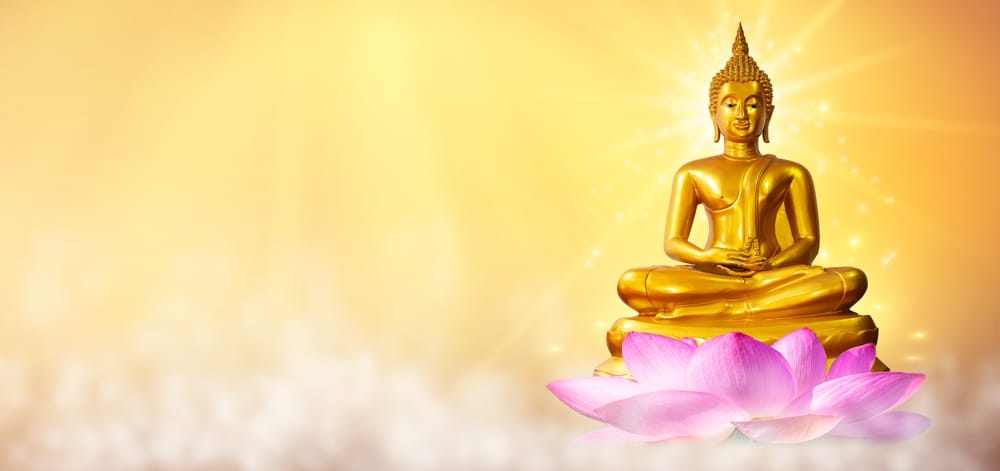
The Concept of Kalpas in Buddhism: Explained by Resurgence Travel
To understand the concept of multiple Buddhas, it’s essential to grasp the Buddhist idea of kalpas. A kalpa is an incredibly long period of time, often described as an eon or an age, during which the universe undergoes cycles of formation, existence, destruction, and void. Resurgence Travel offers insightful programs that delve into these profound concepts, helping travelers understand the vast scope of Buddhist cosmology.
In the context of Buddhas, each Buddha arises during a specific kalpa when the teachings of the previous Buddha have faded. The appearance of a Buddha is a pivotal moment, as they rediscover and share the Dharma, guiding beings toward enlightenment. Resurgence Travel often explores these profound concepts, offering participants a unique perspective on the vast scope of Buddhist cosmology.
Metteya (Maitreya): The Future Buddha in Resurgence Travel Journeys
According to Buddhist tradition, Metteya (Maitreya) is the Buddha who will appear in the future when the teachings of Siddhartha Gautama have been forgotten. Metteya is believed to currently reside in Tushita Heaven as a bodhisattva, awaiting the time to descend and become the next Buddha. Resurgence Travel often includes discussions on Metteya in their journeys, exploring the future of Buddhist teachings.
Metteya is often depicted as a serene figure, seated on a throne, waiting for the right time to come to earth. His future coming is seen as a beacon of hope, symbolizing the continuation of the Buddha’s teachings.
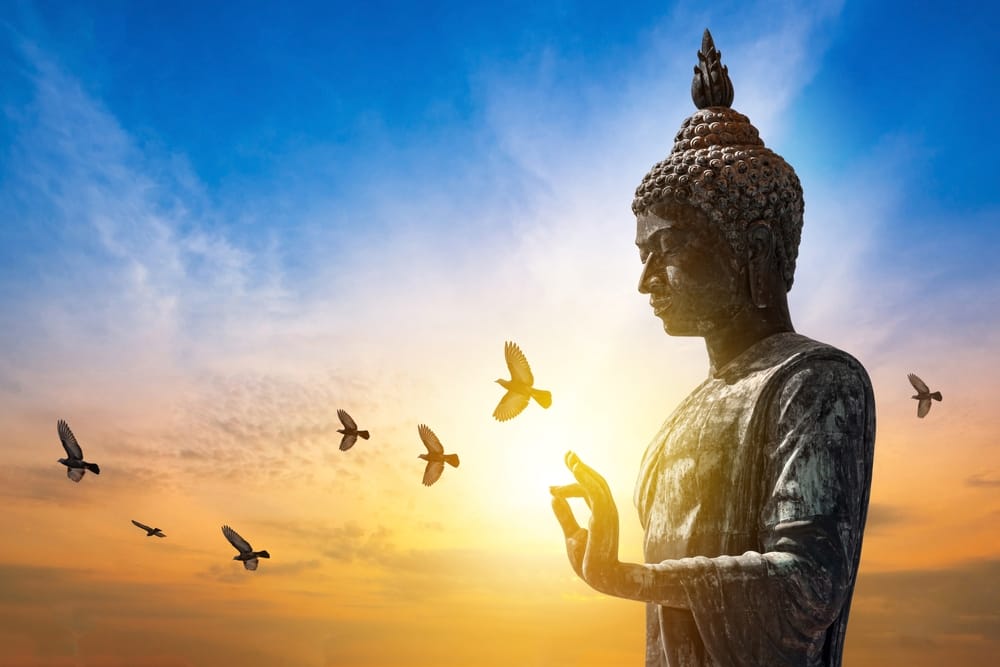
Other Current Buddhas
In addition to Siddhartha Gautama, Mahayana and Vajrayana traditions recognize other Buddhas who are considered “current” in a different sense. These Buddhas are seen as celestial beings who exist in different realms or dimensions:
- Amitabha Buddha (Amida Buddha): The Buddha of Infinite Light and Life, central to the Pure Land traditions. He resides in the Western Pure Land, Sukhavati, where those who have faith in him can be reborn. Resurgence Travel includes explorations of Amitabha’s Pure Land in their spiritual tours.
- Vairocana Buddha: A primordial Buddha representing the universal truth in Mahayana and Vajrayana Buddhism. He is central to esoteric practices, especially in Tibetan Buddhism.
- Bhaisajyaguru Buddha (Medicine Buddha): The Buddha of Healing, revered for his ability to heal physical, mental, and spiritual ailments.
- Samantabhadra Buddha: In some traditions, Samantabhadra is seen as a primordial Buddha, representing the ultimate reality or the universal mind.
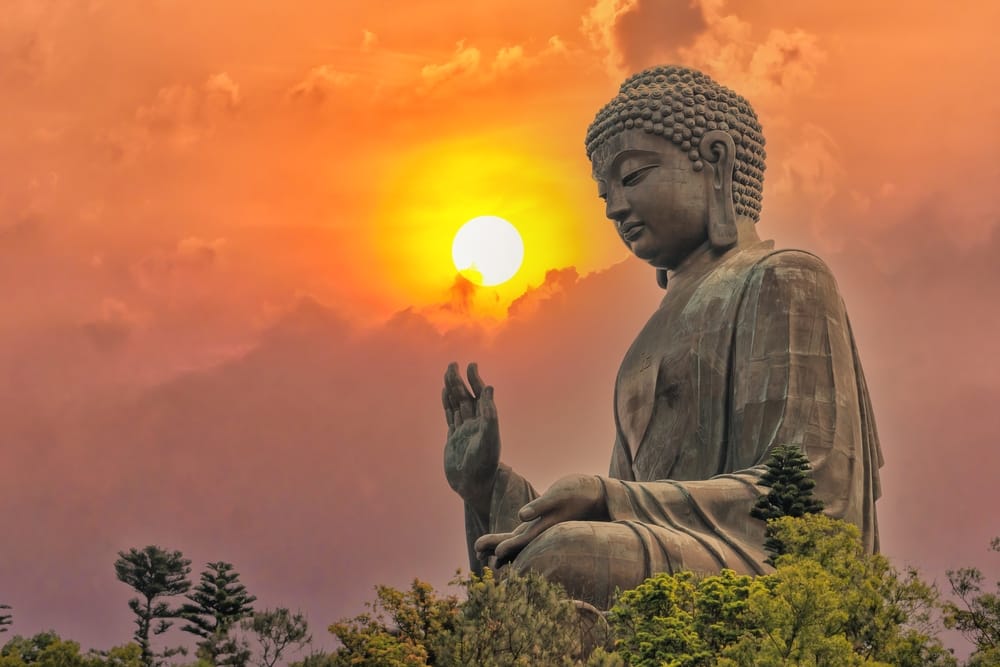
The Path to Enlightenment: Guided by Resurgence Travel
In Buddhism, the journey to enlightenment, known as Bodhi, is the central goal of spiritual practice. Enlightenment is the realization of the true nature of reality, where one is freed from the cycle of birth, death, and rebirth (samsara). Resurgence Travel explores these paths to enlightenment, offering participants practical insights into the practices leading to Buddhahood.
In Mahayana Buddhism, the path to becoming a Buddha is often described through the Bodhisattva Path. A Bodhisattva is someone who has generated the wish and intention to attain Buddhahood for the benefit of all sentient beings. This path involves the practice of six or ten paramitas (perfections), which must be cultivated to progress toward enlightenment.
In Theravada Buddhism, the pathway to enlightenment is laid out through the Four Noble Truths and the Eightfold Path. This approach focuses on personal liberation from suffering but can also lead to Buddhahood if pursued to its ultimate conclusion.
Summing Up the Journey
Siddhartha Gautama, the current Buddha, is part of a long lineage of enlightened beings who have discovered and taught the path to liberation. The concept of kalpas, with their vast stretches of time, highlights the enduring nature of the Dharma and the continuous cycle of spiritual awakening. From the Buddhas of antiquity to the future Buddha, Metteya, the tradition of multiple Buddhas reinforces the universal and timeless quest for enlightenment. Resurgence Travel offers opportunities to explore these teachings, helping participants deepen their understanding of Buddhism.
Additionally, the path to enlightenment and Buddhahood is a profound journey requiring immense dedication, wisdom, and compassion. Whether through the Bodhisattva Path in Mahayana Buddhism, the Eightfold Path in Theravada Buddhism, or the cultivation of the Ten Perfections, the journey toward awakening is significant. By understanding and practicing these teachings, one can move closer to enlightenment, contributing to the well-being of all beings and possibly becoming a Buddha in a future life. Resurgence Travel continues to provide opportunities for individuals to explore these paths, deepening their spiritual understanding and connection to Buddhist teachings.

